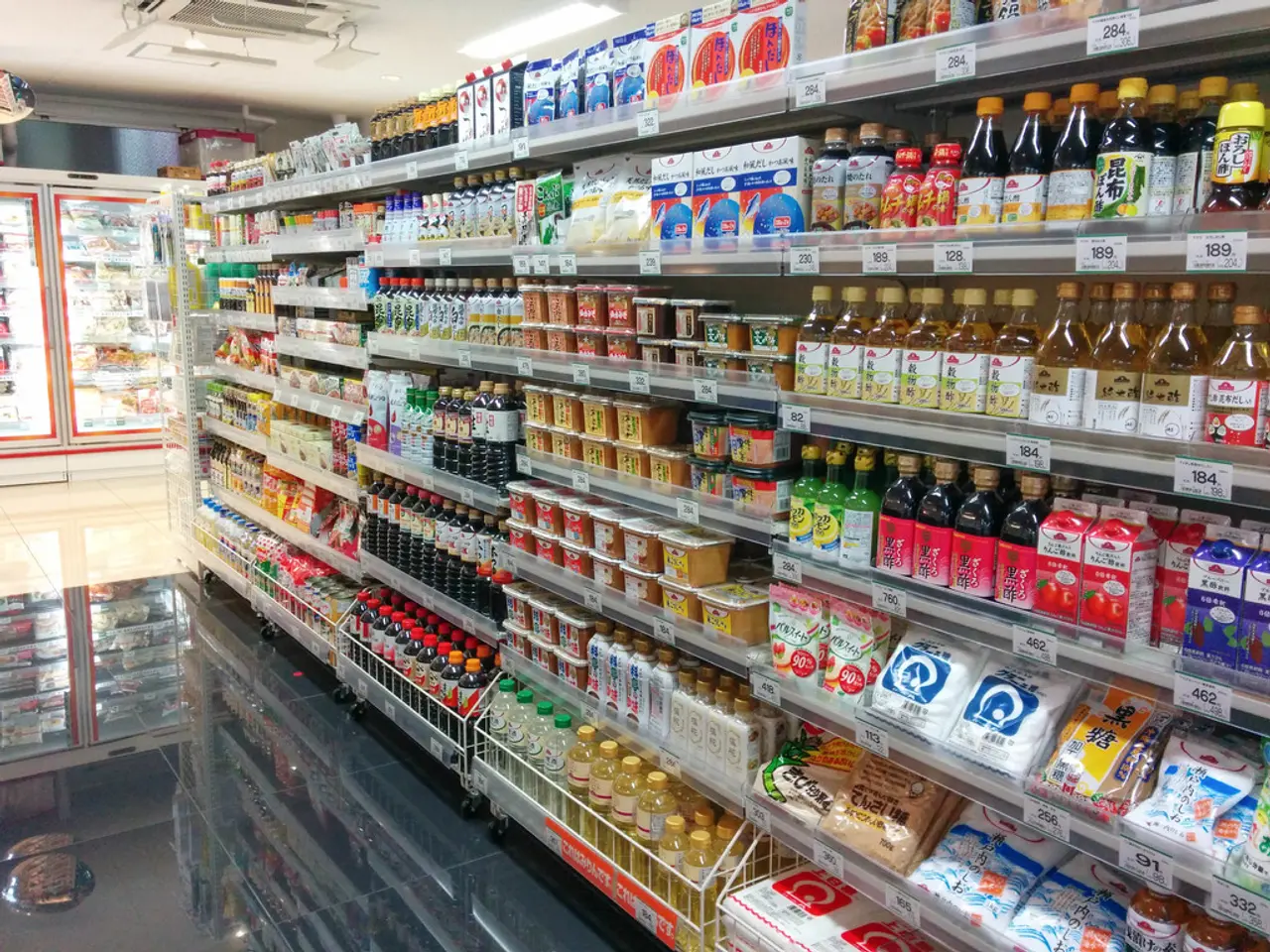Will Platinum Regain Its Former Status as a Wealthy Individual's Preferred Commodity?
==============================================================================
In the first half of 2025, the price of platinum has experienced a significant surge, with gains of around 49.22%. This rally can be attributed to persistent supply constraints, increased demand from China, and speculative trading activity.
The Aberdeen Physical Platinum ETF (PPLT) currently leads the platinum ETF market, boasting over $1.663 billion in assets and a daily average trading volume of nearly 398,000 shares. The GraniteShares Platinum Shares ETF (PLTM) also offers exposure to platinum, with over $89.288 million in assets and a daily average trading volume of almost 450,000 shares.
South Africa, the dominant producer of platinum, has faced numerous challenges, including electricity shortages, labour disputes, and declining ore grades. These issues have resulted in a production drop of about 6% year-on-year, contributing to the supply constraints. China, on the other hand, has seen an increase in platinum imports, further tightening the market.
The breakout from a decade-long trading range has attracted both professional and retail investors, who view platinum as undervalued relative to gold and as a "substitute for gold" in uncertain markets. Hedge funds and speculators have also entered the market, pushing prices up sharply, with June 2025 being the strongest monthly gain (+28%) since 1986.
However, many analysts express caution regarding potential upside targets for platinum prices. While structural support from supply deficits exists, the rapid price surge is unlikely to continue at the same pace in the near term due to anticipated recovery in South African mine production in H2 2025, expected slowing of China's platinum imports, weak industrial demand, declining platinum lease rates, and the large above-ground inventory acting as a price ceiling.
Despite these factors, platinum could remain well supported above previous multi-year levels, with upside room before it approaches the 2008 all-time high of $2,308.80 per ounce. However, upside targets beyond the recent highs near $1,430-$1,440 per ounce may be limited without new supply shocks or unexpected demand surges. The market may see consolidation or modest gains rather than continued rapid appreciation in the near term.
In summary, the H1 2025 rally in platinum prices was fueled by strong supply-side pressures and speculative interest, but with easing supply constraints and large inventories, the near-term upside is likely capped near the mid-$1,400/oz range unless new fundamental developments occur.
Investors have shown increased interest in the platinum market due to its breakout from a decade-long trading range, with many viewing it as undervalued compared to gold. This interest is not limited to professional investors, as retail investors have also joined in, seeing platinum as a potential "substitute for gold" in uncertain markets.
The rapid surge in platinum prices, however, may not continue at the same pace in the near term, as analysts predict a recovery in South African mine production in H2 2025 and a slowing of China's platinum imports. Technology firms that focus on financing and investing in the resource sector may want to keep a close eye on these developments.




